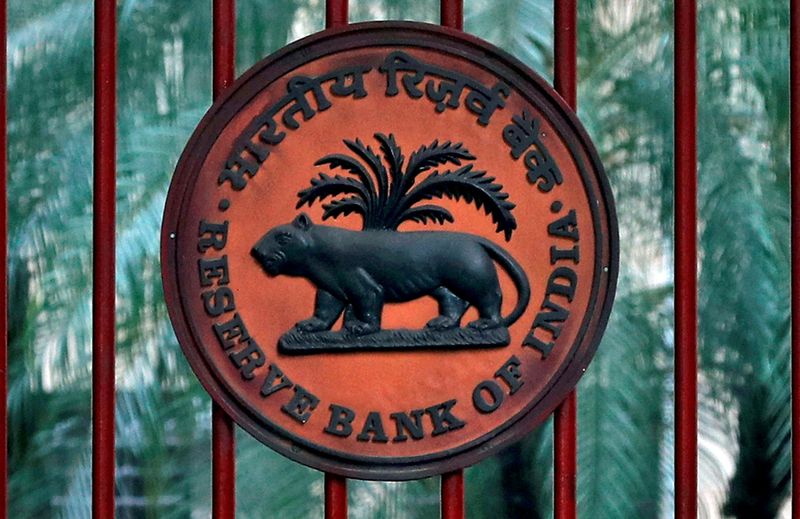By Siddhi Nayak and Dharamraj Dhutia
MUMBAI (Reuters) - The Reserve Bank of India could take the key policy rate to 6.75% next year, as core inflation stays elevated and the U.S. Federal Reserve continues to hike rates, treasury head of IDBI Bank said on Wednesday.
"The focus will now be on core inflation that continues to be above 6%. Some other components in inflation have also shown an uptick. So, it is too early to say that inflation has come within the RBI's tolerance band," Arun Bansal, executive director, and head of treasury at IDBI Bank, said in an interview.
"The RBI will also have to be mindful of the rupee's depreciation and the narrowing interest rate differential with the U.S...There is still a 60% probability that the terminal repo rate is hiked to 6.75%."
The RBI has raised repo rate by 225 basis points since May to 6.25% as it continues its fight against inflation. In contrast, the U.S. Federal Reserve raised interest rates by 425 bps to 4.25%-4.50%.
The Fed is set to raise rates to above 5% in 2023, which may force India's central bank to also follow suit, the treasury official said.
He expects the Indian rupee to remain vulnerable, with a possibility of hitting a fresh record low, as the dollar index braces to rise again.
"We may see another 1.00-1.50 rupee move on the exchange rate against the dollar on the downside. We are not expecting much appreciation on the rupee at least until there is a sustained increase in foreign flows to India," Bansal said.
The currency was at 82.81 against the dollar, and down 11.4% so far in 2022.
BOND PREFERENCE
Bansal expects the benchmark 7.26% 2032 bond yield to stay in the 7.00%-7.35% band in the near term, and rules out chances of any major increase, even if the repo rate reaches 6.75%.
"Most of the negatives are also priced in," he said, adding that any increase in yields after a rate hike will be temporary. "We will see renewed buying at those levels."
The benchmark bond yield was at 7.29%, up by nearly 85 basis points in 2022.
Further, Bansal expects a positive development towards inclusion of Indian bonds in global indexes which will aid yields, while value purchase of bonds above 7.30% levels will also help.

He also prefers to bulk up his portfolio with seven-year and 14-year bonds, saying they are far more attractive than the 10-year benchmark note.
"Whenever the rate cut cycle starts, these two papers may result in a good investment."